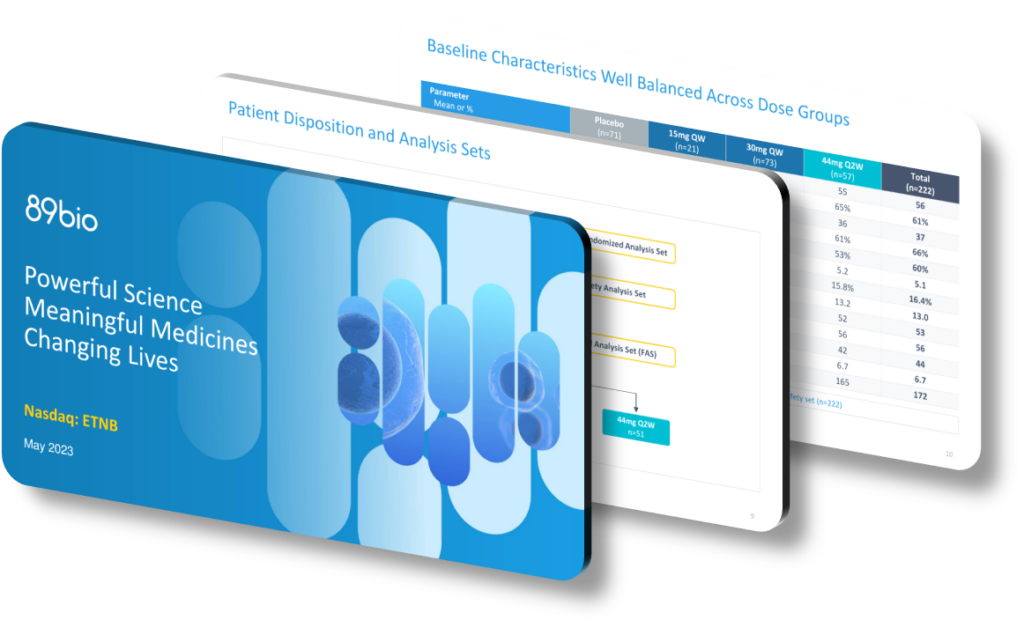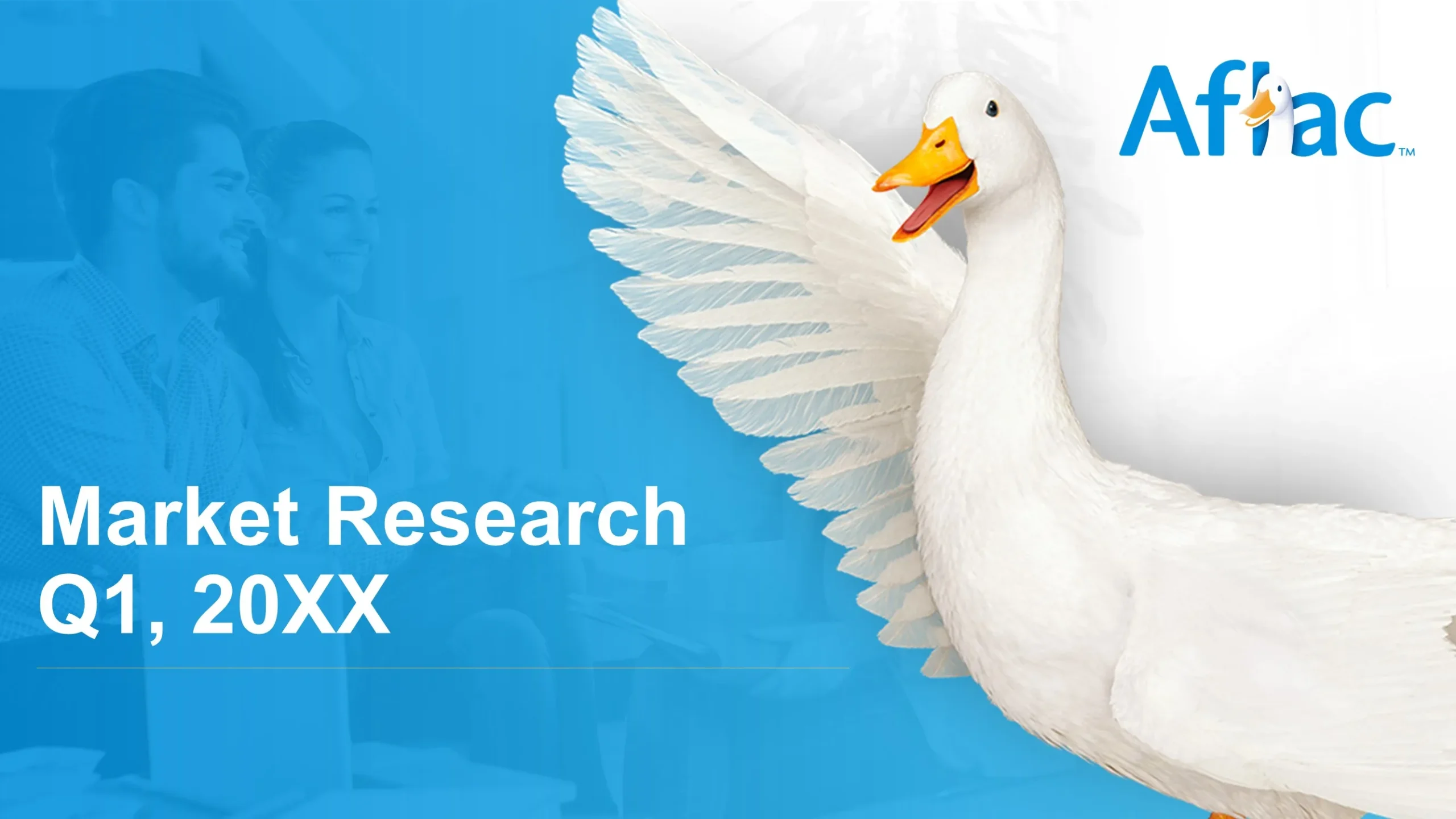

The Promising Potential of Pegozafermin in NASH and SHTG Treatment
Pegozafermin, a novel FGF21 analog, is showing substantial promise in addressing significant unmet medical needs in nonalcoholic steatohepatitis (NASH) and severe hypertriglyceridemia (SHTG).
Overview of Pegozafermin’s Potential
Pegozafermin has emerged as a frontrunner in the treatment of NASH and SHTG due to its unique formulation and promising clinical outcomes. The innovative glycoPEGylation technology employed in pegozafermin extends its half-life, allowing patients to benefit from less frequent dosing, which is a significant advantage in terms of compliance and convenience.
Clinical Efficacy and Safety
The Phase 2b ENLIVEN trial provided compelling evidence of pegozafermin’s efficacy. The trial results demonstrated statistically significant improvements in liver fibrosis and resolution of NASH, affirming its potential as a best-in-class treatment option. These outcomes are incredibly encouraging, as they suggest that pegozafermin can significantly improve liver health, reduce liver fat, and enhance metabolic profiles in patients.
Impactful Presentation Design and Messaging
The presentation on pegozafermin effectively communicated its potential through a well-structured design and clear messaging. The use of engaging visuals helped to highlight key clinical data, making it easier for the audience to grasp the drug’s benefits and potential impact. The structured narrative flowed logically from describing the unmet needs, through the clinical trial results, to the future plans, ensuring a comprehensive understanding of pegozafermin’s promise.
Future Prospects and Market Potential
As the company prepares to advance pegozafermin into Phase 3 trials, the anticipation and excitement within the medical community are palpable. With a robust balance sheet and an experienced team, the company is well-positioned to further validate pegozafermin’s efficacy and safety, aiming for regulatory approval. The drug’s differentiated profile, including potent anti-fibrotic and metabolic effects, favorable tolerability, and convenient dosing schedule, underscores its potential to revolutionize the treatment landscape for NASH and SHTG patients.
Conclusion
In summary, pegozafermin represents a beacon of hope for patients suffering from NASH and SHTG. The significant market opportunities in these areas, combined with the drug’s promising clinical results, highlight its potential to make a meaningful impact on patient lives. The presentation’s effective design and clear messaging have successfully communicated this potential, paving the way for further advancements and eventual regulatory approval.









